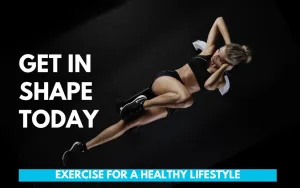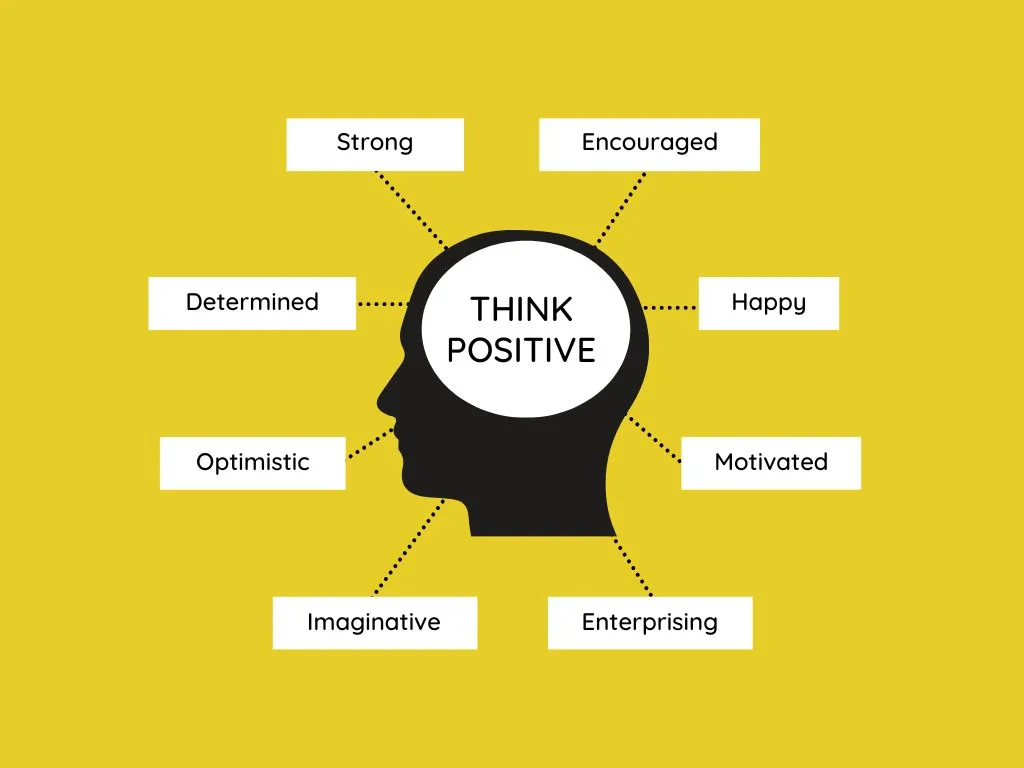
Table of Contents
Exercise and Nutrition
Living a healthy life isn’t just about looking good; it’s about feeling your best and having the energy to embrace all life offers. This article examines the benefits of exercise and nutrition, exploring how they work together to create a foundation for holistic wellness. We’ll explore the essence of fitness, and the fascinating science behind exercise, and provide practical ways to craft a sustainable and enjoyable plan for a healthier you.
What is Fitness?
 Forget the number on the scale. True fitness encompasses your physical, mental, and emotional well-being. It’s about empowering yourself to live a vibrant life, boost your confidence, and feel strong from the inside out through exercise and nutrition. Imagine yourself brimming with energy, tackling challenges with a positive mindset, and having the physical resilience to pursue your passions. That’s the power of holistic fitness.
Forget the number on the scale. True fitness encompasses your physical, mental, and emotional well-being. It’s about empowering yourself to live a vibrant life, boost your confidence, and feel strong from the inside out through exercise and nutrition. Imagine yourself brimming with energy, tackling challenges with a positive mindset, and having the physical resilience to pursue your passions. That’s the power of holistic fitness.
The Science of Movement: Exercise Explained
Exercise is the cornerstone of physical fitness. But how does it work? Regular exercise strengthens the cardiovascular system, which helps keep the heart, lungs, and circulatory system functioning optimally. This translates to better endurance, improved oxygen delivery throughout your body, and a healthier heart.
 The Power of Two: Aerobic vs. Anaerobic Exercise
The Power of Two: Aerobic vs. Anaerobic Exercise
A well-rounded fitness program should include both aerobic and anaerobic exercises. Aerobic exercises, like running, swimming, or cycling, get your heart pumping and improve cardiovascular health. The American Heart Association recommends at least 150 minutes of moderate-intensity aerobic exercise or 75 minutes of vigorous-intensity exercise per week.
Conversely, anaerobic exercise focuses on short bursts of high-intensity activity. Think weightlifting, sprinting, or HIIT (High-Intensity Interval Training). These exercises improve muscle strength, size, and endurance, and enhance lactic acid tolerance.
Lactic Acid: Friend, Not Foe
Lactic acid, a byproduct of intense exercise, was once thought to be the villain behind muscle fatigue. However, recent research paints a different picture. Lactic acid is an important fuel source for muscles and other tissues, especially during high-intensity exercise when oxygen supply becomes limited. It’s also used by the heart and brain for energy.
Beyond the Burn: Understanding Muscle Soreness
The soreness you sometimes feel after a tough workout, known as delayed onset muscle soreness (DOMS), isn’t caused by lactic acid buildup. It’s likely due to microscopic tears in your muscle fibers, particularly from eccentric contractions (when muscles lengthen under tension).
The Lactate Threshold: Your Performance Gauge
For athletes and fitness enthusiasts, the lactate threshold is a crucial concept. It refers to the exercise intensity at which lactate accumulates in the blood faster than it can be removed. This threshold is a marker of aerobic endurance and can be used to design targeted training programs. If you work on increasing your lactate threshold, you are able to exercise at higher intensities for longer periods without getting tired quickly.
Flexibility and Balance: The Unsung Heroes
Don’t underestimate the importance of flexibility and balance exercises like yoga, Pilates, and stretching. They play a vital role in preventing injuries, improving range of motion, and enhancing overall physical performance.
Building Your Personalized Exercise Routine
Crafting an exercise routine that sticks requires considering your goals, fitness level, and preferences. Do you crave the social energy of group fitness classes or prefer the solitude of a solo jog? Are you aiming for weight loss, muscle building, or improved cardiovascular health? Tailor your workouts to match your aspirations and keep things interesting by incorporating variety to avoid plateaus and maintain motivation.
Fueling Your Body: The Role of Nutrition
 Diet plays a critical role in supporting your fitness goals and overall health. Think of food as the fuel that keeps your body running optimally. A balanced diet rich in macronutrients (carbohydrates, protein, and fats) and micronutrients (vitamins and minerals) is essential. Prioritize whole foods like fruits, vegetables, whole grains, lean proteins, and healthy fats.
Diet plays a critical role in supporting your fitness goals and overall health. Think of food as the fuel that keeps your body running optimally. A balanced diet rich in macronutrients (carbohydrates, protein, and fats) and micronutrients (vitamins and minerals) is essential. Prioritize whole foods like fruits, vegetables, whole grains, lean proteins, and healthy fats.
Exploring Dietary Patterns: Finding What Works for You
There’s no one-size-fits-all approach to nutrition. Popular dietary patterns like Keto, Atkins, Vegan, and Mediterranean each offer unique benefits. Research different options and find one that aligns with your health goals and lifestyle. Remember, the best diet is the one you can adhere to consistently.
Smart Snacking: Keeping Hunger at Bay
Healthy snacking can be your secret weapon for maintaining a balanced diet. Choose nutrient-rich snacks like fruit smoothies, nuts, whole-grain cereals, or low-fat yogurt to keep hunger pangs in check and prevent unhealthy cravings.
Seeking Professional Guidance
 Suppose you have plans to start a new diet, especially if you have a pre-existing health condition. In that case, it is advisable to seek advice from a registered dietitian or a healthcare professional. They can assist you in creating a customized plan that caters to your specific needs and preferences. They can also offer guidance on managing any dietary restrictions and ensure that your plan is safe and effective for your overall health.
Suppose you have plans to start a new diet, especially if you have a pre-existing health condition. In that case, it is advisable to seek advice from a registered dietitian or a healthcare professional. They can assist you in creating a customized plan that caters to your specific needs and preferences. They can also offer guidance on managing any dietary restrictions and ensure that your plan is safe and effective for your overall health.
The Mind-Body Connection: Prioritizing Mental and Emotional Well-being
Exercise and nutrition are powerful tools, but a healthy lifestyle extends beyond the physical. Don’t neglect the importance of mental and emotional well-being. Incorporate self-care practices like meditation, mindfulness exercises, and stress management techniques into your routine. These practices can improve your mental, emotional, and physical well-being by reducing stress hormones and promoting better sleep.
Building Your Support System: Community and Connection
Sometimes, the journey towards a healthier lifestyle is more enjoyable when shared with others. Consider joining a fitness group or online community. The support of a positive network is crucial to achieve long-term success.
Embrace Continuous Learning
The world of fitness and nutrition is constantly evolving. Stay curious and informed by exploring the latest research in these fields. This knowledge enhances your health approach and you can modify it as your needs change.
Final Thoughts
Creating a healthy lifestyle is an ongoing process, not a destination. It requires dedication, a willingness to adapt, and a holistic approach that includes physical activity, a balanced diet, and mental well-being. Remember, small, consistent changes can lead to significant and lasting improvements in your overall health and happiness. Embrace the journey, celebrate your progress, and enjoy the empowering feeling of taking control of your well-being.




Great selection of modern and classic books waiting to be discovered. All free and available in most ereader formats. download free books https://www.philadelphia.edu.jo/library/directors-message-library
Wow! Such an amazing and helpful post this is. I really really love it. It’s so good and so awesome. I am just amazed. I hope that you continue to do your work like this in the future also.
It is perfect time to make some plans for the future and it is time to be happy. I’ve read this post and if I could I desire to suggest you few interesting things or tips. Perhaps you could write next articles referring to this article. I want to read more things about it!
This is really very nice post you shared, i like the post, thanks for sharing..